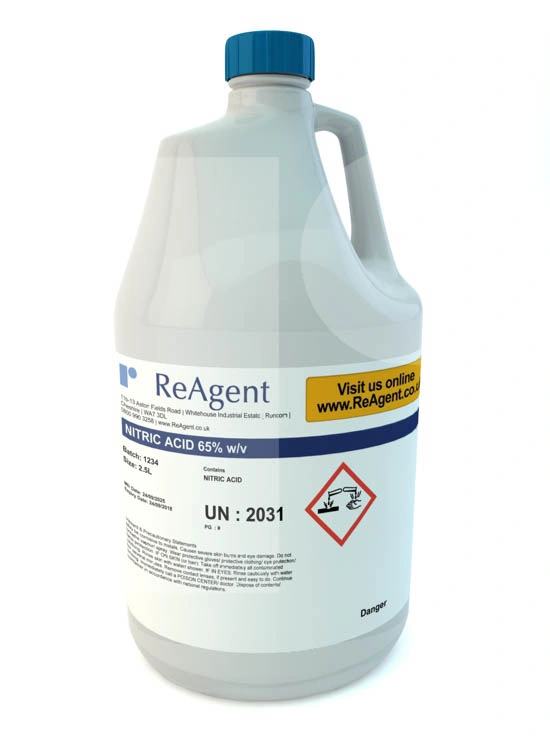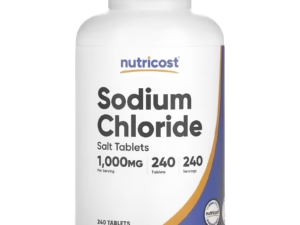Description
Title: Nitric Acid: Properties, Uses, and Safety Precautions
Introduction
Nitric acid, chemically represented as HNO3, is a highly corrosive and toxic strong mineral acid. This colorless liquid is widely used in various industries for a range of applications, from fertilizer production to chemical synthesis. However, due to its hazardous nature, it is crucial to understand its properties, uses, and safety precautions when handling this compound.
Properties of Nitric Acid
Nitric acid is miscible with water and most organic solvents, allowing it to dissolve a wide variety of substances. Its boiling point is 86°C (186.8°F), and it is highly soluble in water due to the formation of hydrogen bonds between its molecules and water molecules. Its dissolution in water results in the release of a significant amount of heat, which warrants caution during the mixing process.
Uses of Nitric Acid
- Fertilizer Production: Nitric acid is a critical component in the production of ammonium nitrate, a common fertilizer.
- Chemical Synthesis: Nitric acid plays a crucial role in synthesizing various chemicals, including dyes, plastics, and explosives.
- Metal Etching: Nitric acid is used to etch metals during the manufacturing of printed circuit boards and semiconductors.
- Nitric Acid Pickling: A process that cleans and polishes metal surfaces using a nitric acid solution.
- Pharmaceuticals: Nitric acid is used in the production of pharmaceuticals such as antibiotics and drugs used to treat cardiac conditions.
Safety Precautions and Handling Instructions
- Limit Exposure: Use fume hoods and wear personal protective equipment, including chemical-resistant gloves and safety goggles, to minimize exposure.
- Organic Materials: Avoid mixing nitric acid with organic materials as it can lead to highly exothermic reactions.
- Ventilation: Maintain proper ventilation when handling nitric acid to avoid the buildup of toxic fumes.
- Storage: Nitric acid should be stored in a cool, well-ventilated area with adequate spill control measures. Store it away from incompatible materials (e.g., strong oxidizing agents) and metals (e.g., copper, zinc, and aluminum) to prevent violent reactions.
- First Aid: In case of exposure, seek immediate medical attention. Wash skin or eyes thoroughly with water, and consult poison control centers if ingested or inhaled.
Conclusion
Nitric acid is a versatile and valuable compound in various industries, but its hazardous nature warrants strict safety measures. Understanding its properties, uses, and safety precautions is essential to ensure the safe handling and usage of this chemical, protecting both human health and the environment. By adhering to guidelines and using appropriate precautions, the utility of nitric acid can be maximized while minimizing the risks associated with it.















Reviews
There are no reviews yet.